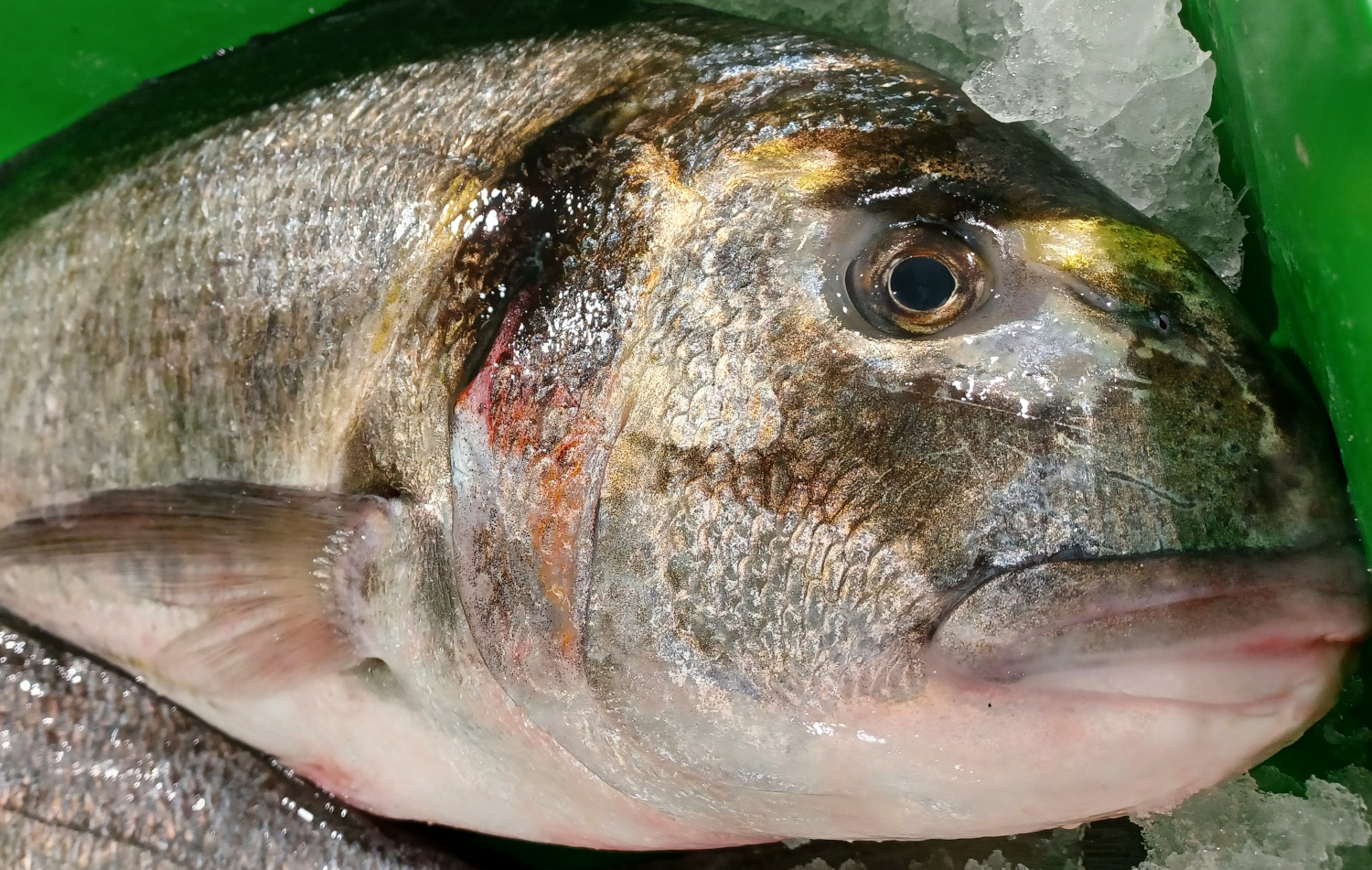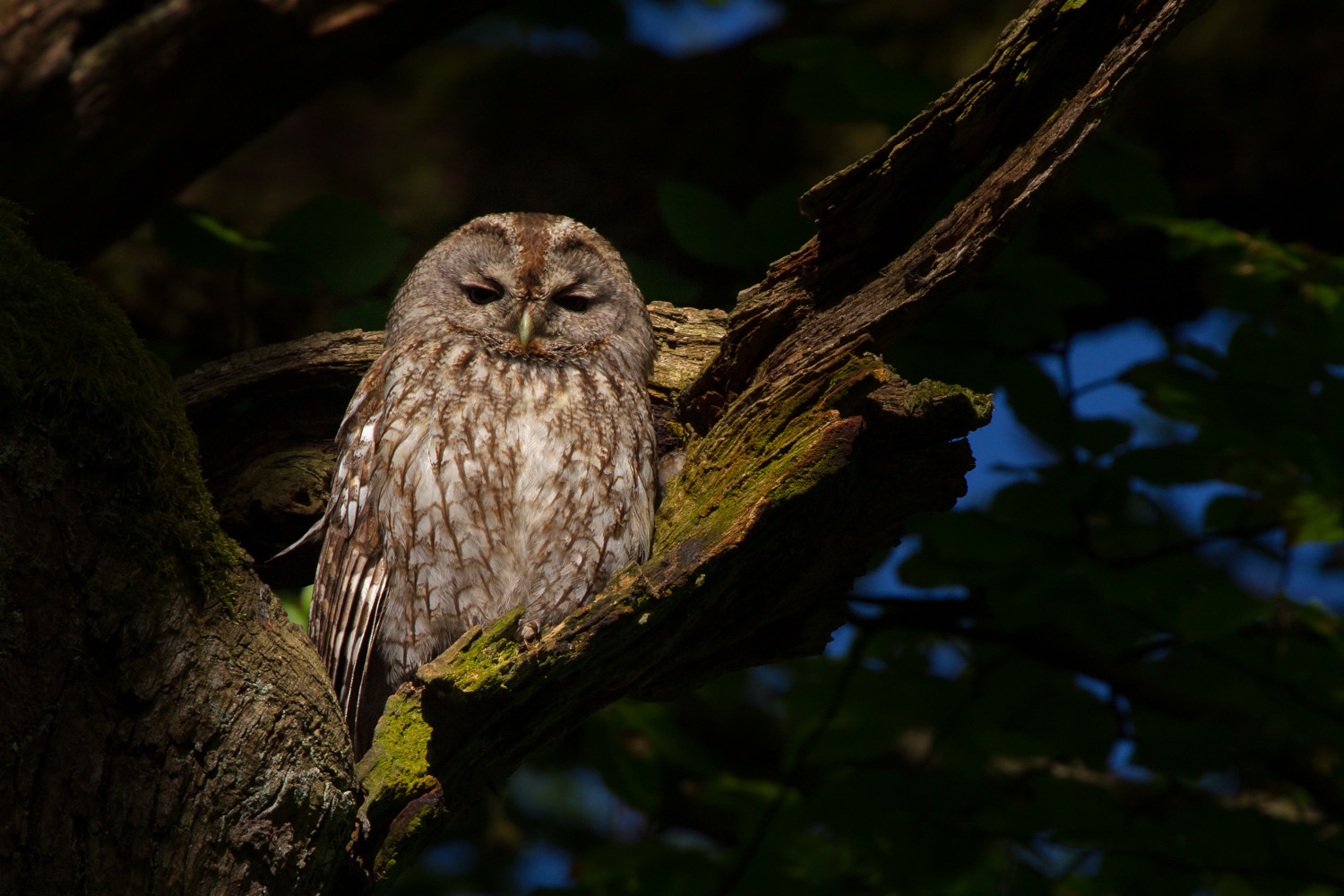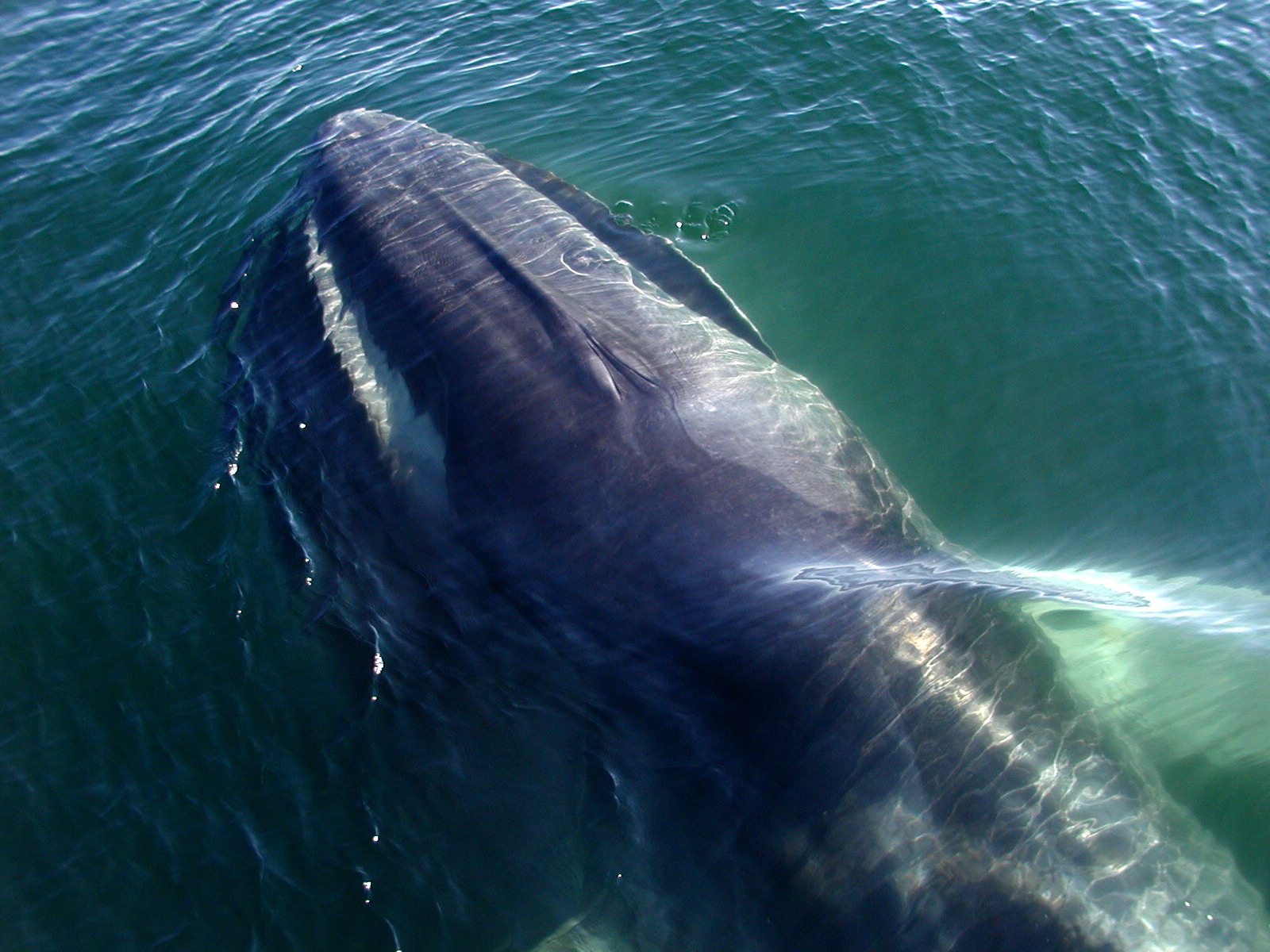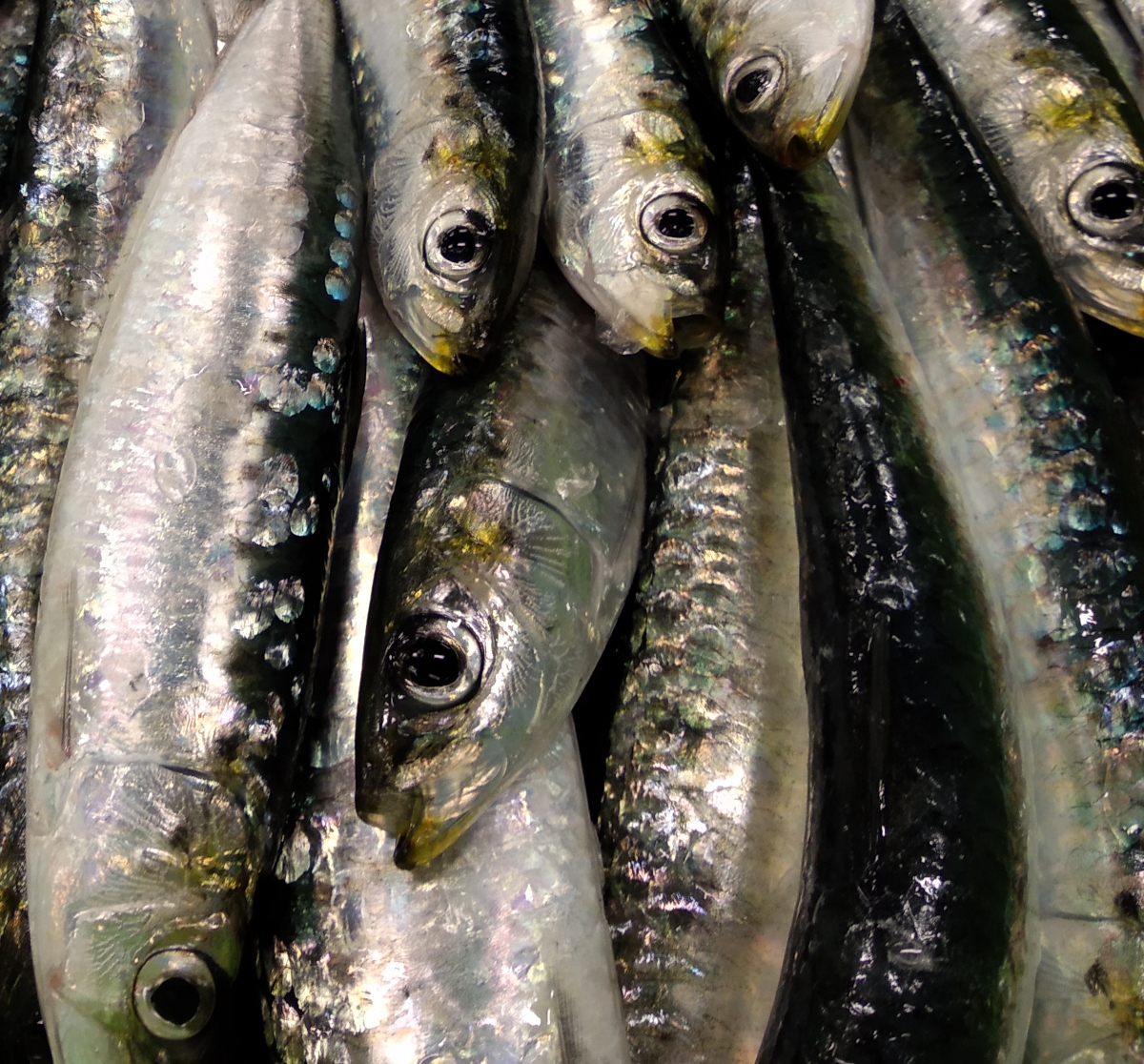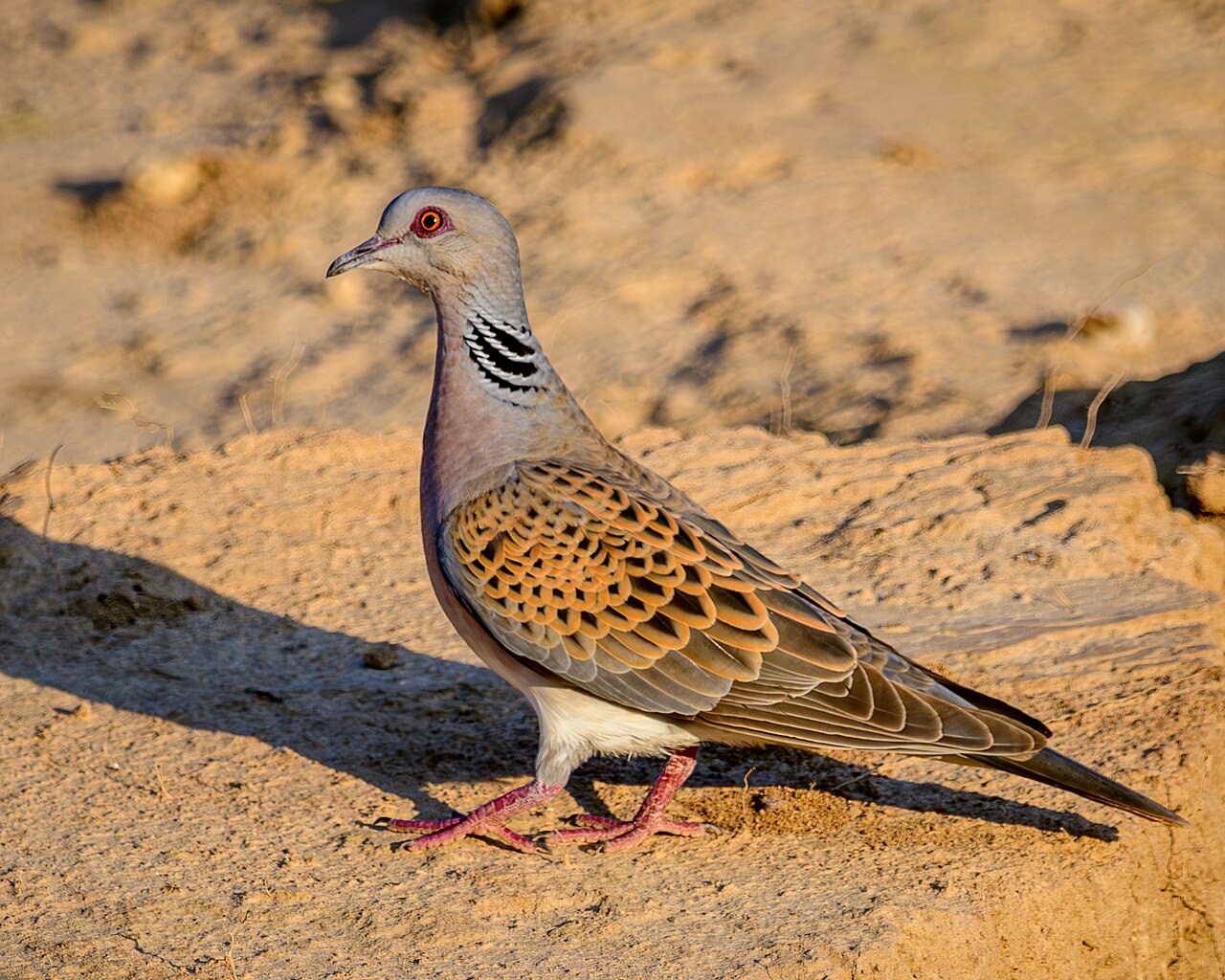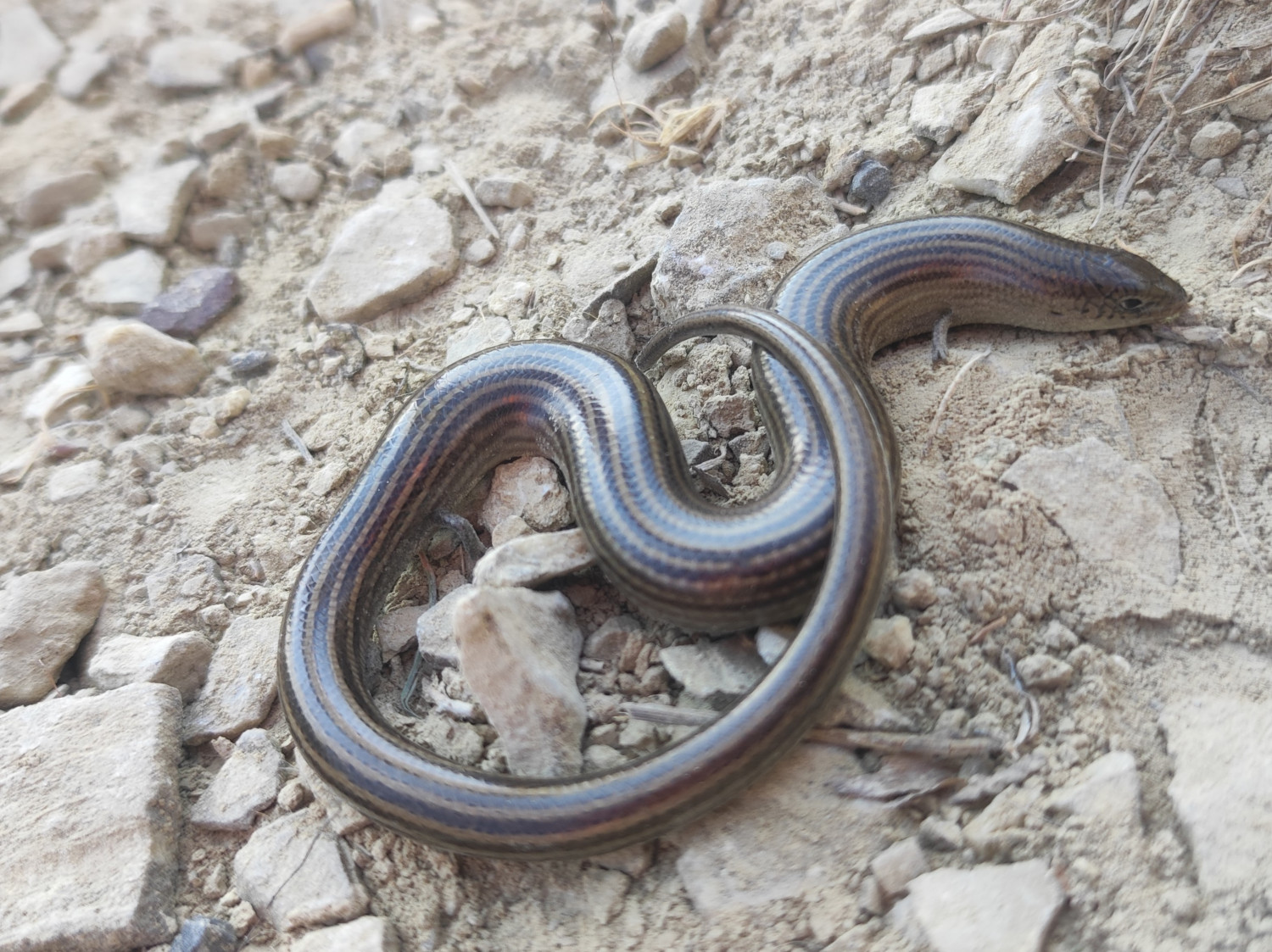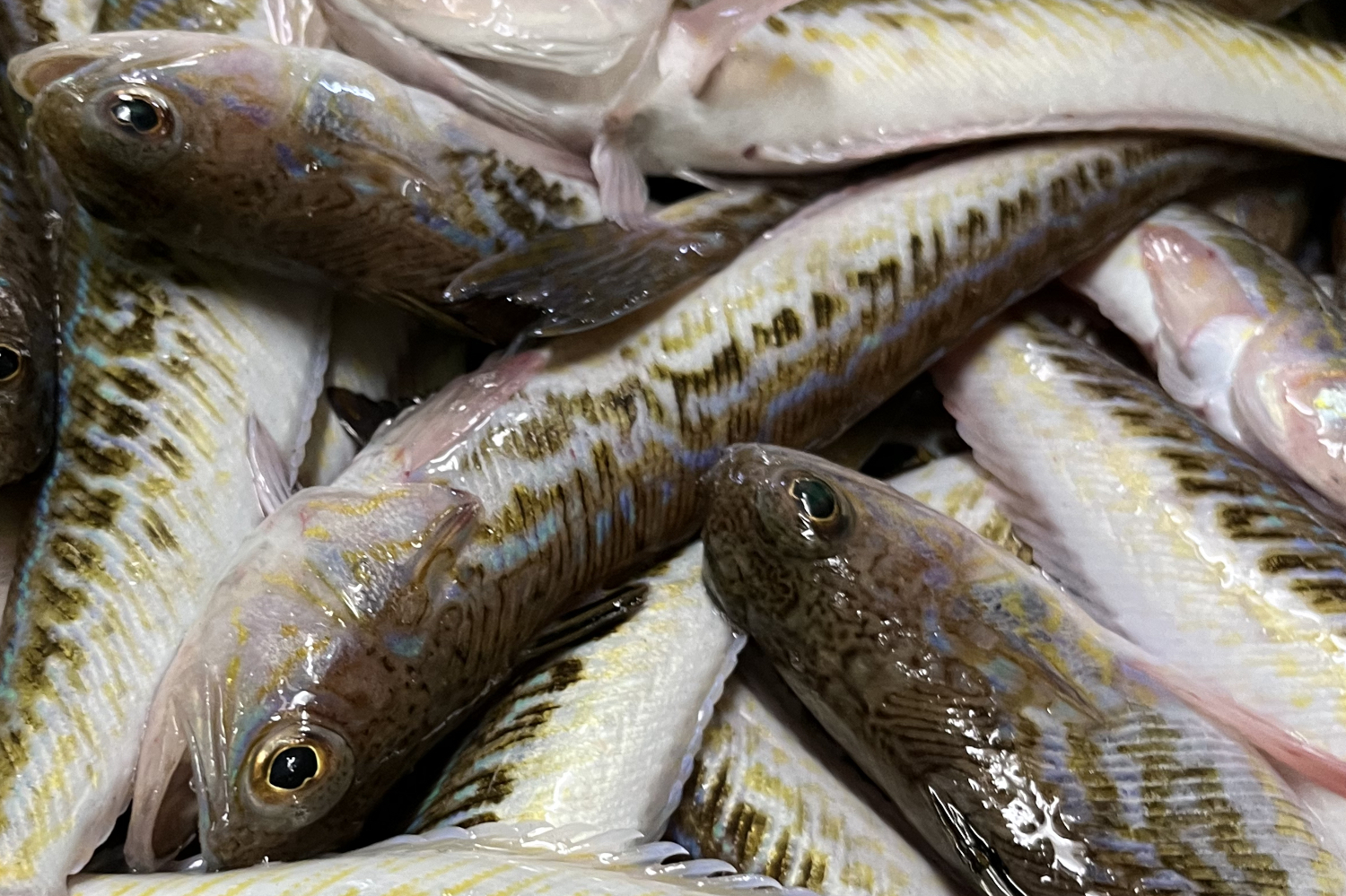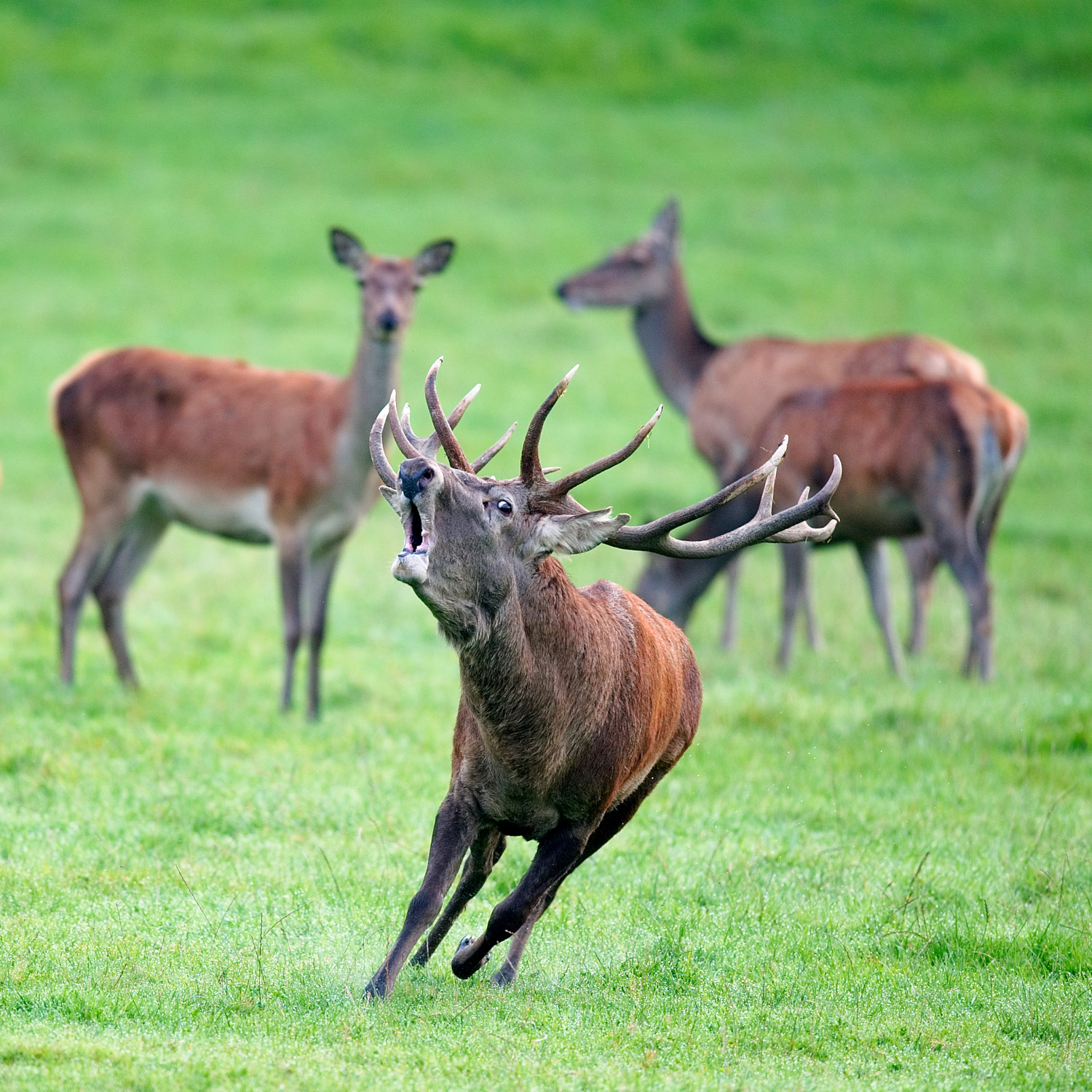Eternity of a moment
- In this section we have mentioned on several occasions that in the world of small beings, as in our own, appearance leads us to get worse many times. And the friend we bring today is a clear example of this, because few animals look weaker or more vulnerable on Earth. In addition, his name tells us the life of a moment, and there are not few documentaries that we have seen on television and that have told us his short life. Short? Yes, what develops in front of our eyes, but hidden, right?
Ephemeropterus (Ephemeroptera)
GROUP: Order Insect/Ephemeroptera.
SIZE: 1-12 cm.
WHERE DO YOU LIVE? Near rivers and streams.
What do you eat? Nymphs are herbivores, carnivores or omnivores. Adults don't eat.
There is no protected species in Europe, in Australia yes.
So let's go backwards! Coal, 300 million years ago (there are! ): The atmosphere of planet Earth is composed of 21 per cent oxygen. This amount of oxygen, 7% higher than the present, increases the growth of organisms. The first insects are also larger than the current insects (70-centimeter bravats! ). All of them have disappeared except the dentists and our current protagonists, the efemeropters. Surviving 300 million years on Earth is not a joke! Above all, 6-8 million years ago, after human beings…
But what is your life cycle? Currently, about 3,000 species are known, among which there are differences in the lifecycle, although the lifecycle of some species may last one year, two years or more. Therefore, they are not so “ephemeral” either! However, there are people who do not live for more than five minutes in the adult phase. They have a simple metamorphosis, that is, three phases, but they are the only insects that leave the aquatic nympha phase and land before they reach maturity.
So they come to maturity on the floor, often in the curtains and in the rooms of our house! Water outlets are often very synchronised, and in documentaries thousands of samples taken from the water are often seen as an unforgettable spectacle. The females lay the eggs in the water and before putting them up hundreds of meters river upstream, against the current, so that the eggs remain in the right place. Nymphs can be herbivores, carnivores or nomads, depending on species. Adults don't feed because they don't have a digestive system. The appearance of adults is very special: They have long “tails”, three in themselves, but the central one is sometimes not seen because it can be very short. The wings are two or four, and they are wrapped in the back when they stand.
They are animals of great importance in the trophic chain, both to regulate algae and aquatic vegetation and because they are food for different types of animals: fish, amphibians, insects, etc. Needless to say, human beings are nothing harmful, except some Asian species, or dangerous. As advertisers of the purity and quality of water, welcome them to your homes!








